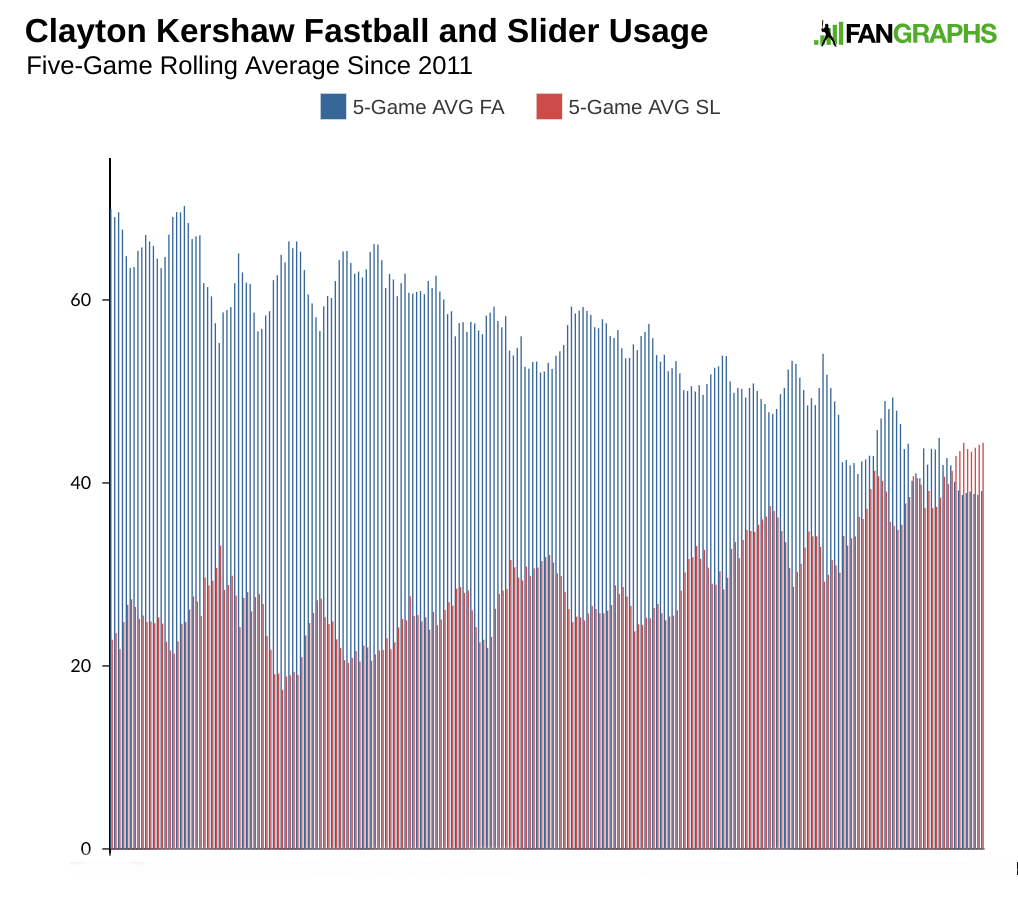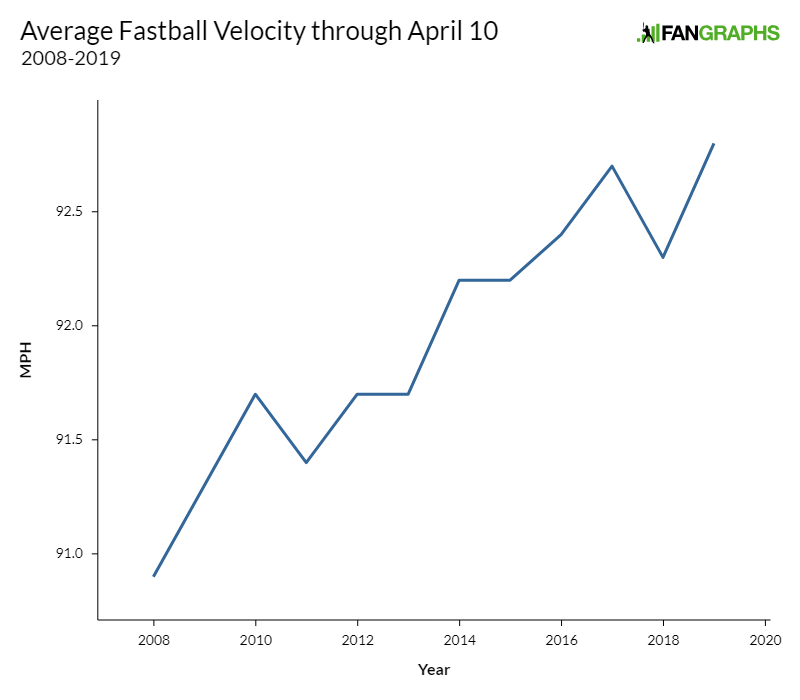The KBO Appears to Be De-Juicing Its Baseballs

Last year, Rob Arthur and Tim Dix of FiveThirtyEight helped to reveal to the masses that the core of the major league baseball had changed, reducing the air drag and resulting in the ball traveling farther in the air. Ever since then, the ball has been a recurring topic of conversation, including here at FanGraphs. The subject got a re-boot earlier this month when Arthur, writing for Baseball Prospectus, concluded that there’s less drag on the batted balls hit in the 2019 season, which has led to more speculation that the league has “juiced” the ball.
While it is fun to see more dingers and harder hit batted balls, there’s something to be said about how the league may or may not have deliberately manipulated the ball to make it happen. It’s fun to see players like Aaron Judge have a 50-homer season in his rookie campaign or to watch Giancarlo Stanton flirt with a 60-homer mark on the way to earning an MVP award, but fans may question how “authentic” those feats are compared to the pre-juiced ball days, though it’s worth noting that the liveliness of the ball has changed throughout baseball’s history.
Here in Korea, there’s been an opposite trend. Prior to the start of the 2019 season, it was reported that the Korean Baseball Organization (KBO) would decrease the coefficient of restitution (COR) value in their baseball. To put it in layman’s terms, the higher the COR number is, the further the ball travels from the impact of the bat. Last year, the KBO allowed baseball COR values between .4134 and .4374. To put that in contrast, Nippon Professional Baseball (NPB) in Japan allows it to be between .4034 and .4234; MLB allows between .3860 and .4005. The KBO decided to lower it to the NPB’s Mizuno baseball level of between .4034 and .4234. There’s a reason for such a change. If you’ve followed the KBO for awhile, you know that the league has been quite hitter-friendly for the past few years. Here’s how hitters fared in the three seasons prior to 2019:
| BA | OBP | SLG | OPS | wOBA | BABIP | |
|---|---|---|---|---|---|---|
| 2016 | .290 | .364 | .437 | .801 | .359 | .331 |
| 2017 | .286 | .353 | .438 | .791 | 0.348 | 0.327 |
| 2018 | .286 | .353 | .450 | .803 | .349 | .329 |
To give you an idea how hitter-friendly an environment it was, MLB hitters slashed .248/.318/.409 overall in 2018. The recent baseball change is not the first time the KBO has attempted to curb its high-offense environment. In 2017, they increased the length of the strike zone, which I wrote about during my residency last year. It had an effect, but not really a lasting one. The umpires struggled to maintain consistency with the zone and the hitters adjusted well enough to keep up the league’s high-offense reputation. Read the rest of this entry »



